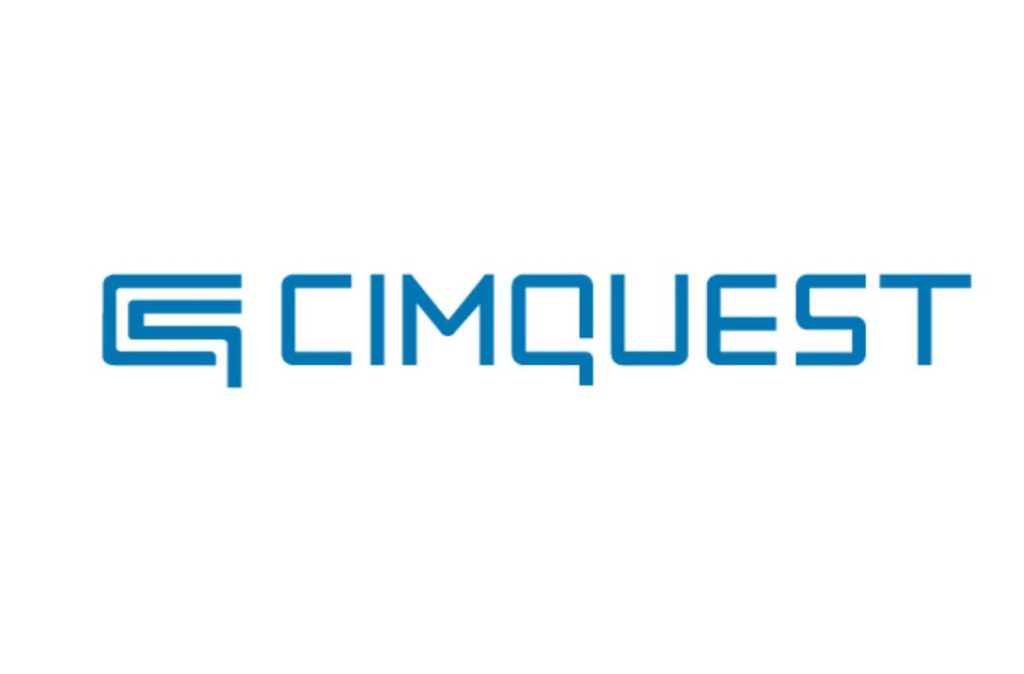
Charles R. Goulding and Preeti Sulibhavi look at 3D printing business activity in the state of New Jersey.
New Jersey is both a large manufacturing state as well as home to big pharma and increasingly biotech. Manufacturing and pharmaceuticals have been traditional users of 3D printing. But biotech is generating a lot of current interest.
New Jersey Biotech
Debbie Hart, the founder, president and CEO of BioNJ, the life science trade association in NJ, is a frequent radio ad commentator. In her current ad, she explains how the sector has rapidly grown to 400 plus companies.
We see biotech as one of 3D printing’s largest opportunities and have focused on biotech in many of our recent Fabbaloo articles.
Cimquest

Cimquest is the leading resource for a complete range of 3D printing products and services in the manufacturing and engineering industries. Cimquest is based out of New Jersey and has 30 years of experience selling and supporting Mastercam CAD/CAM software, as well as a complete line of 3D printers and scanning products including brands such as HP, Desktop Metal, Nexa3D, Xact Metal, 3DGence, Formlabs, Ultimaker and Makerbot. In today’s market the manufacturing sector must make use of technological advancements, and Cimquest helps those companies do just that.
New Jersey Institute of Technology (NJIT)
NJIT is a leading educational institution, especially in the fields of engineering and technology, which are what drive manufacturing success. Whether it is the research being conducted there (ranging from bioscience to robotics and machine intelligence) or it is the quality of the academic departments available to students, NJIT is a world-class education with a state-school price tag.
3D Printing developments at NJIT include courses on additive manufacturing applications as well as a 3D printed bridge competition, designed to use 3D printing for engineering to leave the laboratory. NJIT has instituted this competition to “bridge” the engineering discipline to the future of designing safe and durable structures. The competition took place on November 20, 2021, at NJIT’s Makerspace. The competition cultivates innovation and allows students to become involved in the process of designing workable solutions to everyday challenges.
Our forthcoming article on Fabbaloo will cover what NJIT’s Chrystoff Camacho did to win an Edison Patent Award for developing an aerial reforestation device. Stay tuned…
Rutgers
Chromatophores, or color-changing cells found in animals such as Octopi, are a natural phenomenon that inspired Rutgers engineers to create 3D printed smart gel that changes shape when exposed to light. This 3D-printed, stretchy hydrogel material that can display colors when light changes, can sense light and change shape as a result. Hydrogels, which keep their shape and stay solid despite containing water, exist in the human body, Jell-O, diapers and contact lenses, etc.
According to a senior author of the Rutgers study, Howon Lee, an assistant professor in the Department of Mechanical and Aerospace Engineering in the School of Engineering at Rutgers University–New Brunswick, “electronic displays are everywhere and despite remarkable advances, such as becoming thinner, larger and brighter, they’re based on rigid materials, limiting the shapes they can take and how they interface with 3D surfaces.” This study supports a new engineering approach that can create flexible, colorful displays.
The Research & Development Tax Credit
The now permanent Research and Development (R&D) Tax Credit is available for companies developing new or improved products, processes and/or software.
3D printing can help boost a company’s R&D Tax Credits. Wages for technical employees creating, testing, and revising 3D printed prototypes can be included as a percentage of eligible time spent for the R&D Tax Credit. Similarly, when used as a method of improving a process, time spent integrating 3D printing hardware and software counts as an eligible activity. Lastly, when used for modeling and preproduction, the costs of filaments consumed during the development process may also be recovered.
Whether it is used for creating and testing prototypes or for final production, 3D printing is a great indicator that R&D Credit eligible activities are taking place. Companies implementing this technology at any point should consider taking advantage of R&D Tax Credits.
Conclusion
There is a myriad of reasons to conduct business in New Jersey, particularly manufacturing and biotech. The State is strong on technology, including 3D printing. New Jersey’s leading educational institutions are teaching the next generation about 3D printing, which will support further innovation.

